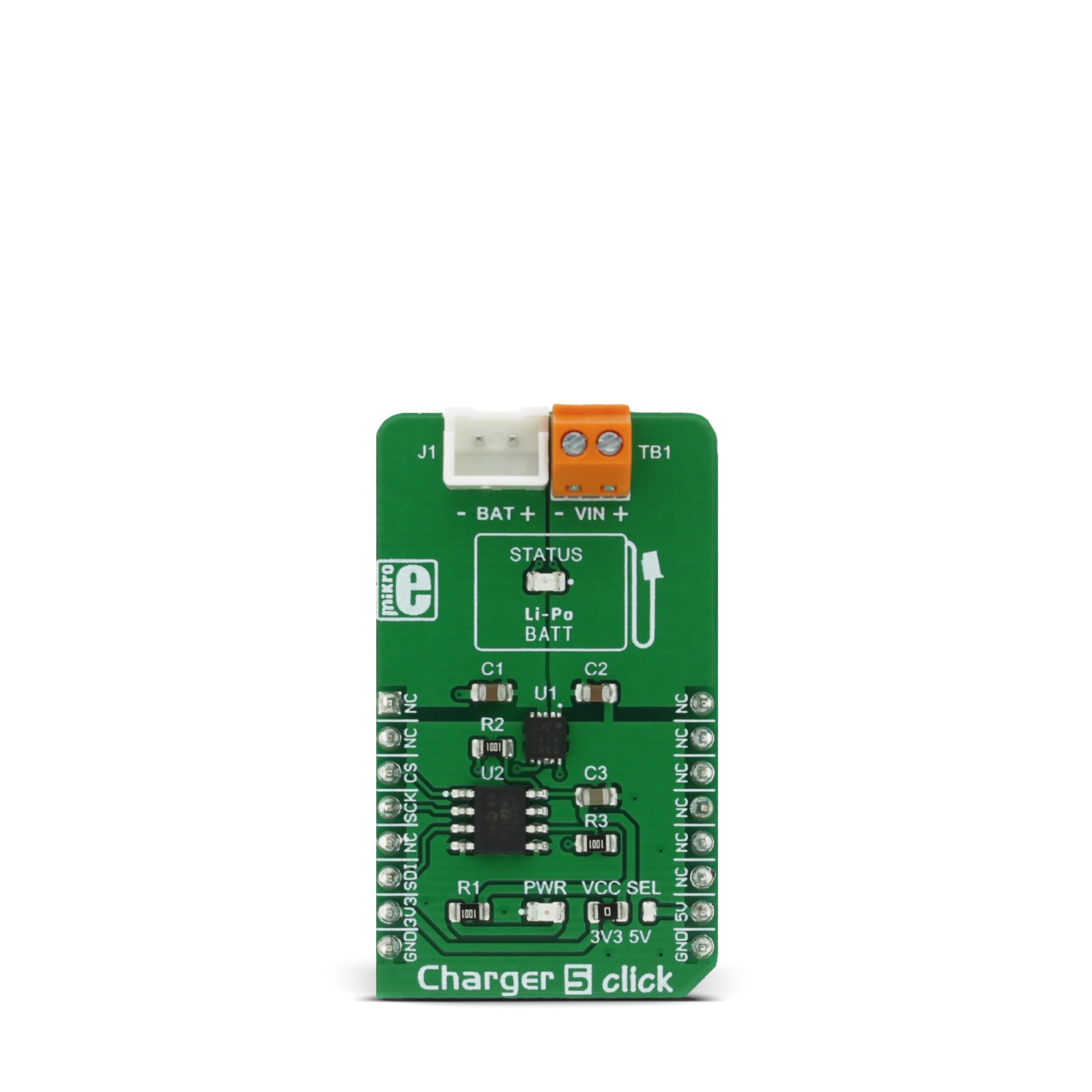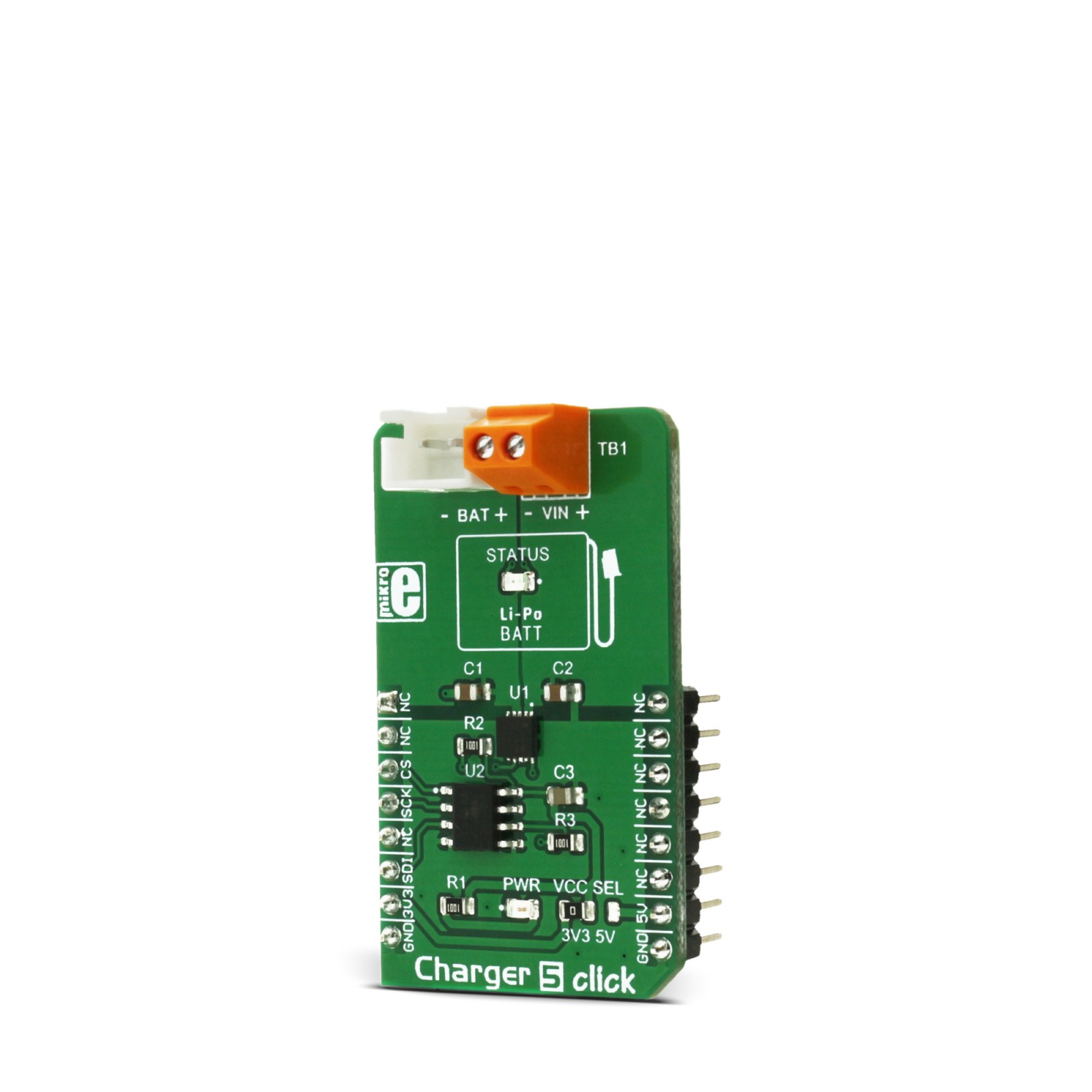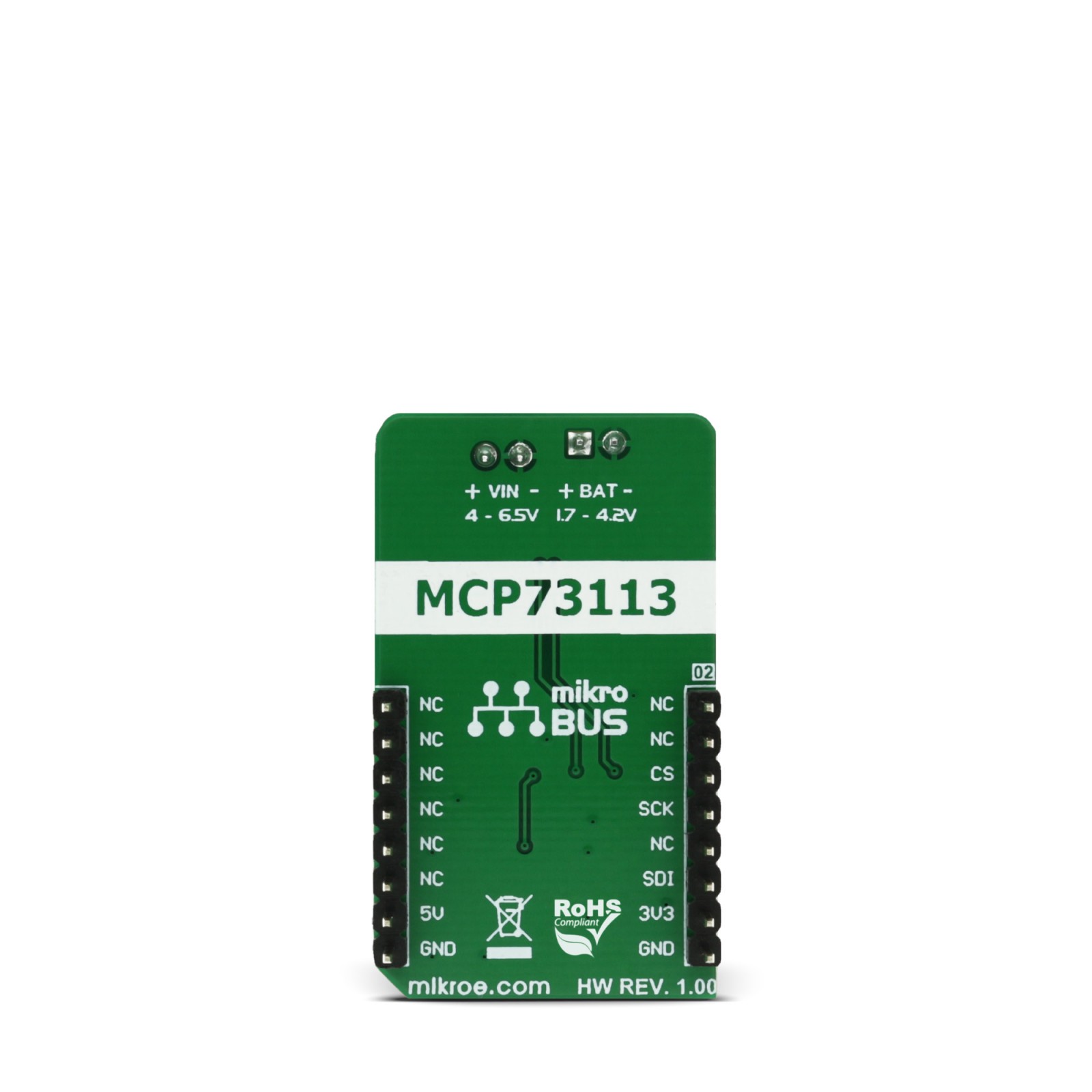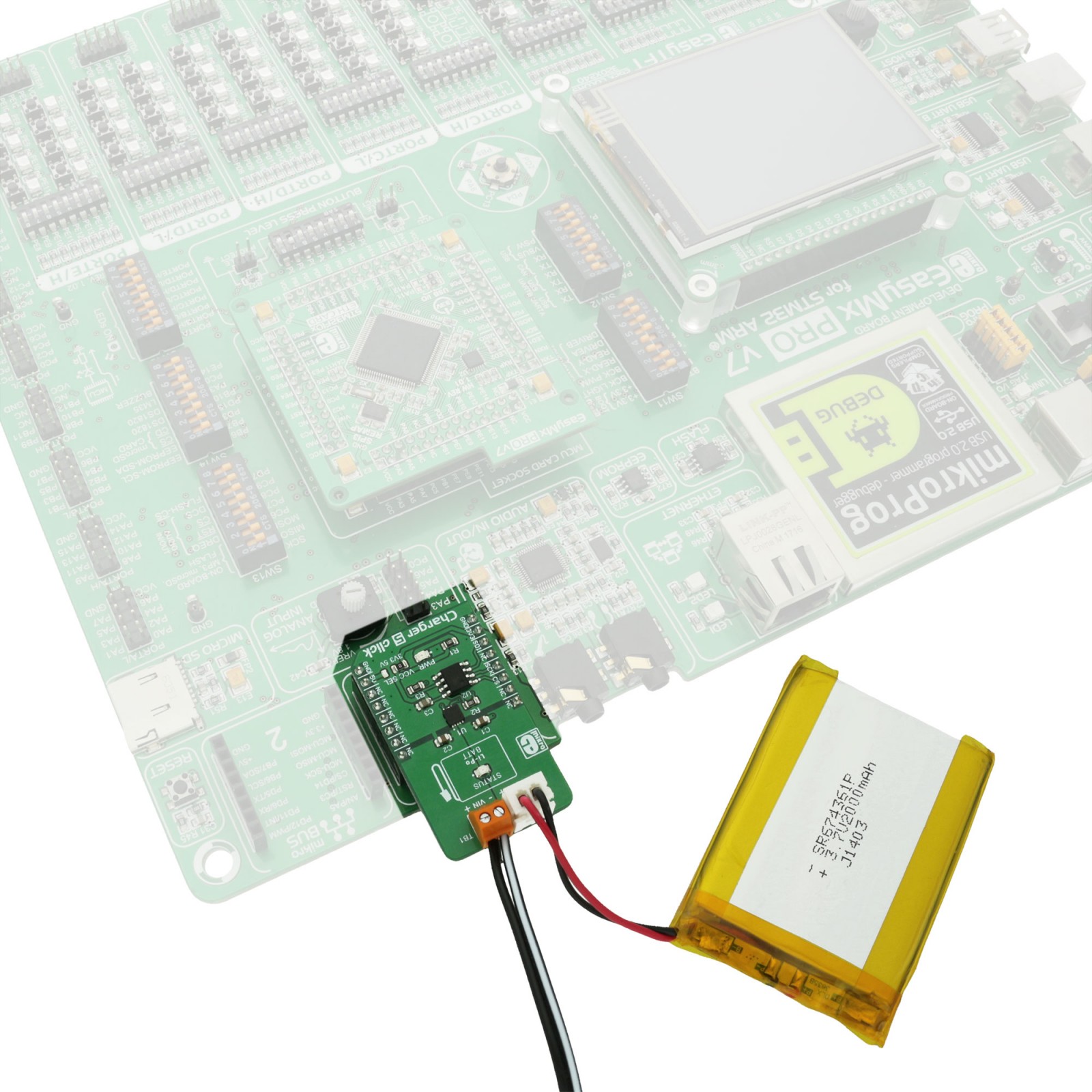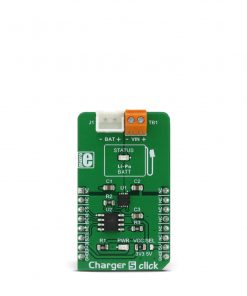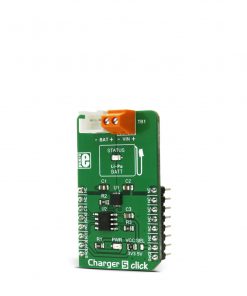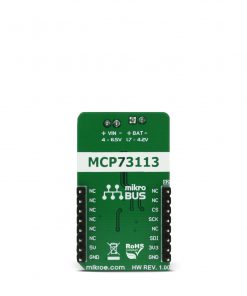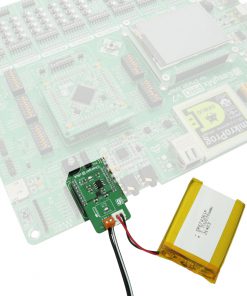-
×
 RN4678 Click
2 ×
RN4678 Click
2 × R870.00R783.00 -
×
 HYDROGEN Click
1 ×
HYDROGEN Click
1 × R340.00R306.00 -
×
 GSM-GPS Click
2 ×
GSM-GPS Click
2 × R1,350.00R1,215.00 -
×
 BUZZ Click
1 × R120.00
BUZZ Click
1 × R120.00 -
×
 Alcohol Click
1 ×
Alcohol Click
1 × R340.00R306.00 -
×
 WiFi Plus Click
1 ×
WiFi Plus Click
1 × R2,250.00R2,025.00 -
×
 RTC Click
1 ×
RTC Click
1 × R395.00R355.50 -
×
 microSD Click
1 ×
microSD Click
1 × R360.00R324.00 -
×
 LPG Click
1 ×
LPG Click
1 × R340.00R306.00 -
×
 RTC 2 Click
1 ×
RTC 2 Click
1 × R470.00R423.00 -
×
 Alcohol 3 Click
1 ×
Alcohol 3 Click
1 × R715.00R643.50 -
×
 MPU 9DOF Click
1 × R555.00
MPU 9DOF Click
1 × R555.00
Subtotal: R9,360.00

